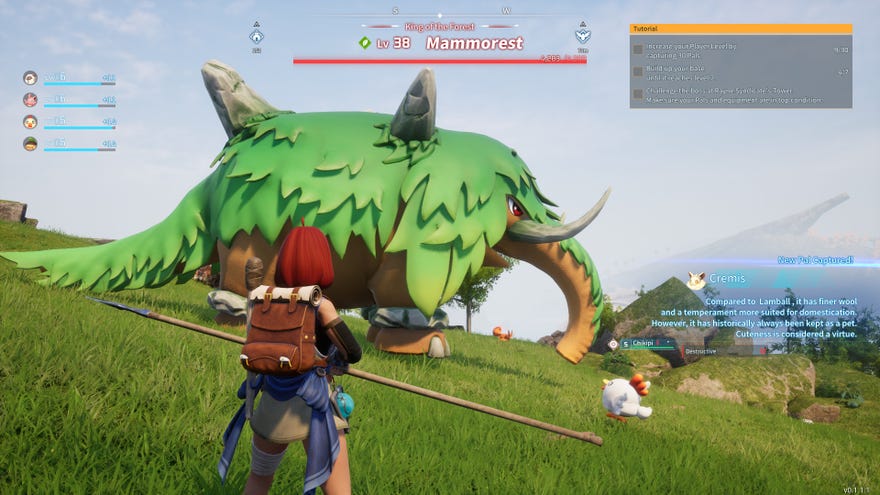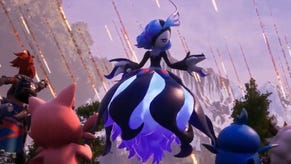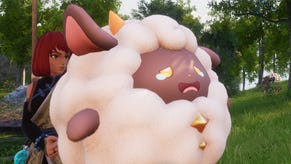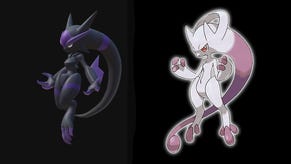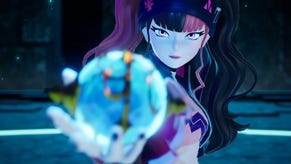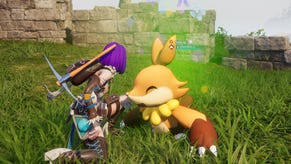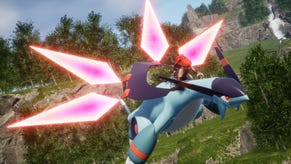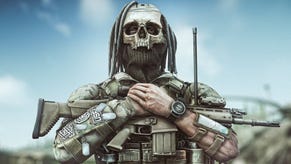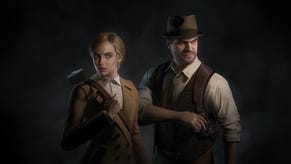Does Palworld break Pokémon's copyright? We asked a lawyer
Claims that it's a rip-off give way to accusations of outright plagiarism
Pocketpair's monster-collecting survival game Palworld has rekindled the eternal debate over what exactly constitutes a breach of copyright. While the game's mechanics are more reminiscent of Ark: Survival Evolved and other tree-punching, template-arranging wilderness sims, its monsters owe obvious debts to Nintendo and Game Freaks' Pokémon games.
The developers have something of a track record on this front, with their older early access release Craftopia freely stirring in nods to The Legend of Zelda: Breath of the Wild. But what separates copyright infringement from a flagrant, but perfectly legal rip-off? Given that a lot of people are making the case for Palworld being copyright theft online, I thought it might be useful to seek insight from (ominous roll of thunder) an actual lawyer.
Tim Cotton is senior legal counsel at RELX subsidiary Reed Exhibitions, owner of Gamer Network and thus of Rock Paper Shotgun. He's a specialist in media law with over 22 years of experience. I got in touch with him this morning to ask whether there is any merit to the claims that Palworld infringes on Pokémon's copyright.


Cotton began by offering a few quick definitions. Firstly, there's the concept of copyright itself, which under UK and EU law, is automatically applied to an original artwork when it's created, forbidding others from copying or reproducing that artwork in any way, though there are a few minor exceptions to this principle - for example, you might teach a course on how Pokémon are designed, using otherwise-copyrighted illustrations. Creators can also take out trademarks on characters so as to stop others from copying them, though under the principle of "passing off", you can also bring a case against somebody for making use of your design, even if you haven't trademarked it.
Do any of these prohibitions apply to Palworld? Cotton doesn't think so, commenting that Pokémon and Pals are "sufficiently different that there's no problem". The key point is that however closely Palworld's monster designs may ape Pokémon, Cotton still feels it's obvious that each game is the work of a different organisation. "I don't think there's any confusion," he said. "As an observer, the average person on the street, I don't think people are going to be confused as to who it belongs to."
Cotton pointed to smaller differences between monster designs that might undermine a claim of copyright infringement. Palworld's Lamball might be a rotund cartoon sheep akin to Pokémon's Wooloo, but it has a different profile, with different-shaped eyes and limbs. Palworld's Verdash looks a bit like Pokémon's Cinderace, but it has a different colour scheme with red instead of green trousers. Palworld's Fenglope might be a tufty blue-toned quadruped with yellow horns, like Pokémon's Cobalion, but it has a larger, more exaggerated plume of white fur across its chest and back.
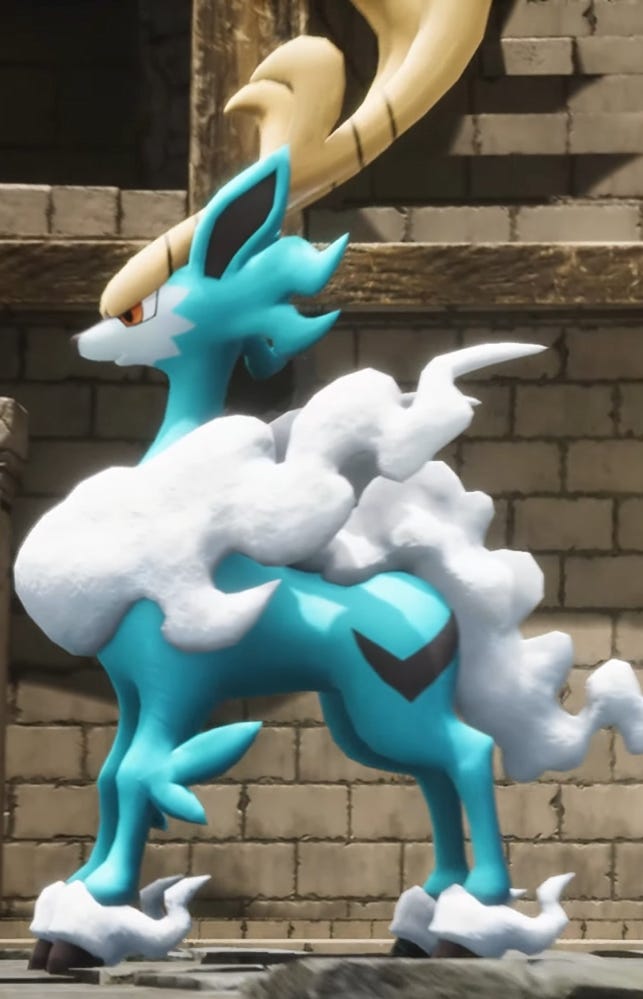

"Someone's been very careful, I think, to make sure that it doesn't appear to be the same," Cotton said. He drew parallels with his work on merchandising operations for Reedpop events. "We often with our merchandise have to be careful about what we put on it, for Gamer Network or EGX, so that the merchandise isn't the same. I have advised with things like, you know, 'give him one ear rather than two ears, or put them on four legs rather than two'."
Might Palworld be at greater risk of being taken to court by Nintendo in regions outside the UK, USA and EU, where different laws apply? Cotton doesn't believe so. "I think Japanese copyright law is very similar," he said. "There are differences in registration, but the overall premise of the law is the same throughout the world."
Cotton isn't the only lawyer who has weighed in on Palworld and copyright, nor is he the only lawyer who feels that there aren't any real grounds for a lawsuit, at the time of writing. "Anybody can sue anyone for any reason," Richard Hoeg of Hoeg Law tweeted over the weekend. "So I can't tell you what Nintendo will or won't do about Palworld. I can tell you, however, that they'd have a tough time winning on any infringement claim that isn't arguing a direct design copy."
Hoeg added that "the game itself is a Minecraft, Zelda, Monster Hunter mash-up unlike anything Pokémon has put forth so there's no winning there". He concluded that "the pal designs have elements that are similar to Pokémon, but, even though they fly a bit close to the sun for my taste, that's a really hard case to win."
The plot thickens, however, when you factor in claims that Palworld's Pals were derived more directly from Pokémon. Even as I was talking to Cotton today, the hot-blooded sleuths of VGC were talking off-the-record to a pair of "experienced AAA game artists" about accusations levelled by an anonymous account that some of Palworld's in-game 3D models are nearly identical to Pokémon models exported from Pokémon Scarlet and Violet on Switch.
"You cannot, in any way, accidentally get the same proportions on multiple models from another game without ripping the models," one senior character artist told the site, when shown the above comparisons. "Or at the very least, tracing them meticulously first".
"To give you an idea of how impossible this is, sometimes we have to copy one mesh to another when we make sequels to games, for example, redrawing an NPC from one game to another," the source explained. "And even when we rework those old models, they only SOMETIMES match this closely due to rigging changes that might need to happen.
"There have been times when dozens of artists are given the same concept art to create a 3D model, for example, during art tests for jobs," they continued. "I've seen 30 artists try to make the same horse using the exact schematics. None were as close to each other as these Palworld models are to the Pokémon models. None. The silhouettes and proportions here are near-perfect matches."
VGC also has some commentary from David Hansel, intellectual property and digital media lawyer at Hansel Henson, who speculates that the in-game model comparisons above could be a "smoking gun" for Nintendo's lawyers.
"It's down to Nintendo to absolutely prove copying, not merely taking influence," Hansel told the site. "It's got to be obvious copying: you look at one picture, and you look at the other alongside it. The industry would've come to an end years ago if you weren't allowed to take influence. You can't have a monopoly on a certain style of artwork. It literally has to be copying. The Pokémon Company will be looking for a smoking gun, and [these 3D model videos] could be gold dust for the lawyers, because they're not just thematically similar. From what those videos show, it could be extremely compelling evidence of copying."
Concluding my chat with Cotton, I noted that Palworld giving its Pokémon equivalents guns might be especially provocative for Nintendo, who avoid featuring firearms - and certainly not real-world firearms - in their games. I wondered whether this might make it harder for Nintendo to bring a case of copyright infringement, because after all, everybody knows that Pokémon don't wield assault rifles, and as such, Pals are very decidedly not Pokémon. Cotton suggested, however, that this could get Pocketpair into hot water on another front.

"Actually, that could potentially be a ground for them to sue them," he said. "That they are distorting [people's impressions of Pokémon], because of the similarity to Pokémon, although not a direct copy of it, they're almost implying that Pokémon are happy to endorse the gun culture that Pals are doing. That could be an avenue for Nintendo to go down to sue them."
Pocketpair have, as you'd expect, denied that they set out to break Nintendo's copyright on Pokémon. "We make our games very seriously, and we have absolutely no intention of infringing upon the intellectual property of other companies," company head Takuro Mizobe commented in a chat with Automaton. According to Mizobe, Palworld has cleared legal reviews, and there has been no action taken against it by any other company.
